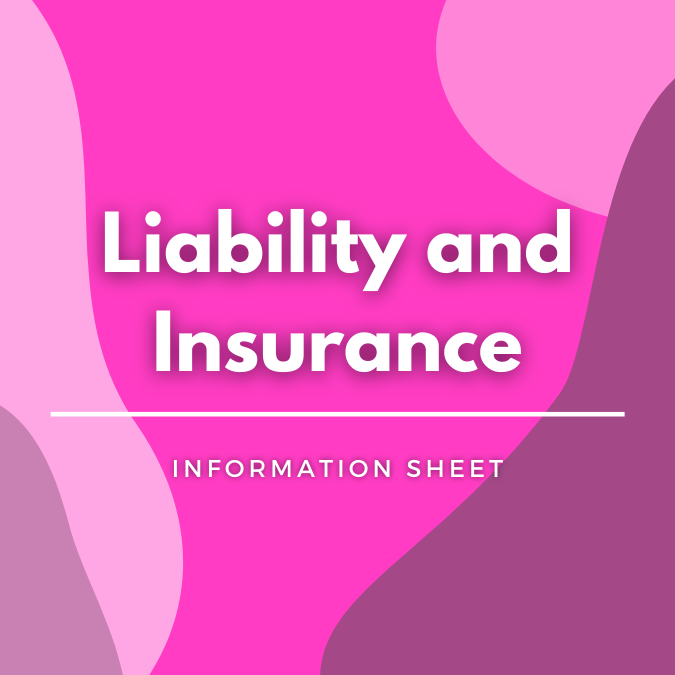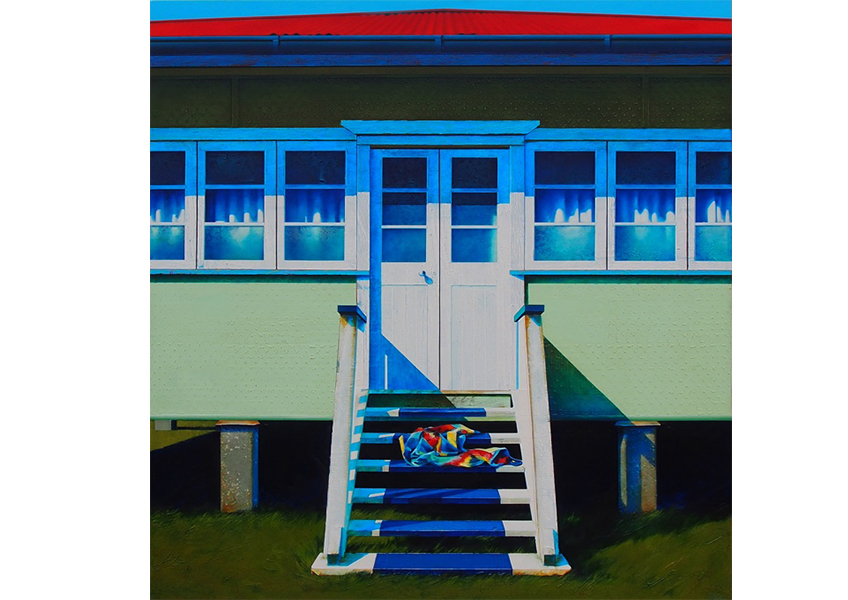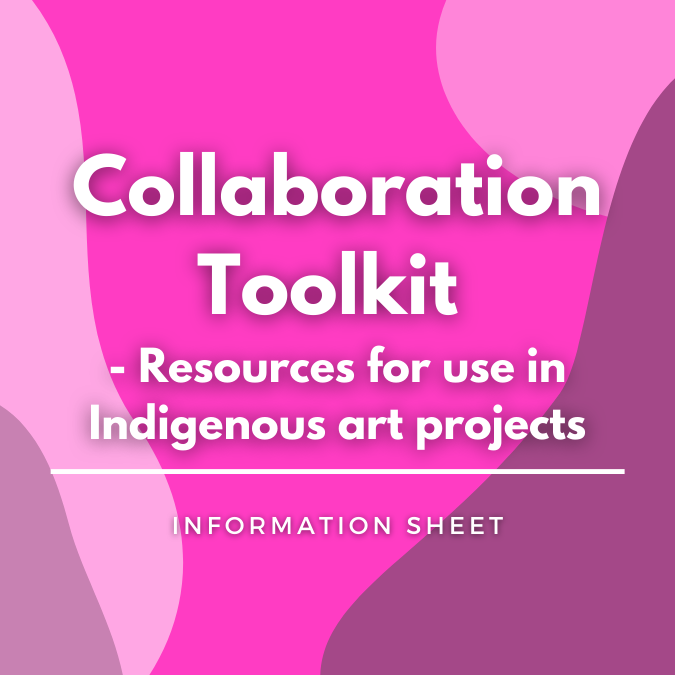Takedown Notice – Copyright
This information sheet explains the purpose of a ‘takedown notice’. It includes the procedure to follow if you believe a website has breached your intellectual property rights and you want the infringing material to be taken down.
Issuing a takedown notice when your copyright is infringed online
If the copyright owner or their agent believes, on reasonable grounds, that there is infringing material located on internet and network facilities; and the owner or agent wishes an internet service provider (ISP), which controls the internet and network facilities, to remove or disable access to the material, then they can issue a notice of claimed infringement in relation to the copyright material to the ISP’s ‘designated representative’.
A breach of your rights may include a website posting, without having your permission to do so, a picture, song, film or other work, which you own the intellectual property in. The ISP will immediately remove or block access to the content and then issue an infringement notice to the user who posted the material.
What is a takedown notice?
A takedown notice is the name given to the notice set in from Schedule 10 of the Copyright Regulations 1969 that you can fill in with details relevant to you and send to the ISP, which you have identified as hosting the website on which your copyright material is located. How you go about identifying who is hosting the website is discussed below. There is also a copy of the takedown notice set out below.
Infringing material online and the ‘safe harbour’ provisions
The Telecommunications Act 1997 (Cth) and Part 3A of the Copyright Regulations 1969 refer to a carriage service provider (CSP), which means the same as an ISP; this information sheet will use the term ISP. The Copyright Act 1968 (Cth) and the Copyright Regulations describes ‘safe harbour ‘provisions, which give protection to ISPs who provide internet and network facilities (e.g. Dodo, iiNet, Internode, iPrimus, Optus, Telstra, TPG Internet or Westnet), so that they are not held responsible for copyright infringement by the users of their network facilities when:
- It is the user of the services provided by the ISP that is responsible for the infringing activity;
- The ISP is not involved in the infringing activity, such as would occur where the ISP has direct knowledge and the right and ability to control the activity;
- The ISP acts promptly to remove or disable access to copyright material located on its system or network when it becomes aware that the material is infringing; and
- The ISP follows the procedures specified in the Copyright Act and any relevant industry codes, including implement a policy that may result in the accounts of repeat infringers being terminated.
The effect of the ‘safe harbour’ provisions is that the ISP cannot be sued for infringement of copyright where the ISP takes steps to comply with ‘take down’ notices issued by copyright owners to the ISP.
In 2015 the Communications Alliance (which represents ISPs) developed the Copyright Notice Scheme Industry Code (C653:2015) that is intended to be an industry code when it is approved by the Australian Communications and Media Authority (ACMA). As at 1 January 2016, the Code had not been approved. The Code is primarily educative, with the obligation remaining with rights owners to identify residential fixed internet users who are alleged to have infringed copyright. The obligations on the ISPs include the delivery of infringement notices and to assist rights owners to identify persistent infringers. However the obligation remains with the rights owners to issue legal proceedings against any infringing user of a copyright material. Independent artists will find it difficult to meet the operational requirements of the Code for the reasons described in the Arts Law submission on the draft Code, ISP Industry Code to combat online copyright infringement. The ‘take down’ notice procedures remain available to independent artists when infringing material is identified and the artist wishes an Australia ISP to remove or disable access to the infringing material.
Will a polite request get the material taken down?
When you become aware that your copyright material is on a website without your permission, your first step could be to contact the website directly and request the operator or webmaster removes the infringing material. Often, people are not even aware they are breaching copyright and will be happy to comply with your requests. If they fail to comply then you can send a takedown notice.
You should check before sending a takedown notice that the user does not have a valid reason to use the material in question. If this is the case then the user who received the takedown notice could issue you a counter notice claiming there has been a mistake. If the user can prove that your takedown notice was unfounded then you may be liable for damages or other civil penalties. Be aware that it may also be a criminal offence to issue a takedown notice knowing that it is false or misleading.
Does the website hold a valid licence to use the material?
A takedown notice may fail if the user holds a valid license to use the material in question. Often artists are unaware or have simply forgotten that a licence has been issued. It might be that a company that represents you has issued a licence on your behalf. It pays to check whether a licence to use your work has been granted before issuing a takedown notice.
Is the use of the material on the website a ‘fair dealing’?
Under Australian law, there is also what is known as the ‘fair dealing’ exception. Division 3 of the Copyright Act lists several circumstances that will justify someone using your work without your consent. Generally, use of your work will not constitute an infringement of copyright if it can be classified as occurring for the purpose of research or study, criticism or review, parody or satire giving professional legal advice, or for reporting the news.
Several factors should be considered to determine whether the dealing is fair, including its purpose and character, the nature of the work, the possibility of obtaining the work commercially, the effect of the dealing on the value of the work and the amount and substance copied relative to the whole. For more information see the Fair Dealing: What Can I Use Without Permission information sheet on the Australian Copyright Council website.
‘Fair use’ is a concept used in the copyright law of United States. It is a much more flexible, open-ended concept and does not apply in Australia. The U.S. ‘fair use’ concept is relevant to DMCA takedown notices which are discussed later. See the Fair Use & the ALRC Inquiry on the Australian Copyright Council website for a discussion of the U.S. ‘fair use’ exception to copyright infringement.
It is best to receive professional advice before sending a takedown notice if you are unsure whether a fair dealing exception will apply in your situation. (See Arts Law legal resources, Frequently asked questions).
Why send a takedown notice?
A takedown notice is a useful tool for artists and owners of intellectual property because, if valid, the ISP is required by law to act expeditiously to remove or block access to the infringing material. This is a useful way to protect your intellectual property and ensure that you remain in control of how your work is seen by the public. If the user does not have a valid reason to have posted the material, then it will be permanently removed.
How do you identify who is hosting the website?
You need to identify which organisation is hosting the infringing website. This can be done by copy and pasting the website’s URL into a free service like:
ausregistry – Whois Lookup
whois.com.au – WHOIS lookup and IP address lookup
whoishostingthis? Discover who is hosting any website
Who do you send your takedown notice to?
In relation to a website hosted on a computer server located in Australia, you need to search that organisation’s website to identify the ‘designated representative’. This is the person who is authorised to receive notices and notifications issued under the Copyright Regulations.
Each ISP is required by the Copyright Regulations to appoint a person to act as its designated representative to receive takedown notices. The ISP will usually provide an email address for delivery of the notices. A takedown notice can be delivered by post or electronic communication to the ISP’s designated representative. If submitted online then you won’t have to provide a signature. Instead you should provide enough information to make yourself easily identifiable.
What happens when the takedown notice is received by the ISP?
On receiving the notice the ISP must promptly remove, or disable access to, the copyright material.
The person uploading the material may issue a counter-notice if they dispute that the material is infringing and the ISP must restore, or enable access to, the copyright material on its system or network; unless the copyright owner gives notice, within 10 working days of receiving the counter-notice, that the owner or agent has commenced an action seeking a court order to restrain the activity that is claimed to be infringing. The form of the counter-notice also appears in Schedule 10 of the Copyright Regulations 1969.
This means that the copyright owner will need to issue legal proceedings if they want the material to be permanently removed. It will be up to the court to determine whether the publishing of the material on the website is an infringement of copyright or whether there is a valid defence to the claim of infringement of copyright.
Takedown notice procedure
Remember – be specific!
When filling in the form you will need to provide sufficient information to enable the ISP to identify the material you would like taken down. This includes the location of the material and an accurate description of the material itself. It is important to be very specific when referring to the infringing material. You need to make it extremely easy for the examiner of your submission to quickly and accurately identify the material you want removed, so that you should include:
- Information to identify the copyright work, or if multiple works, a list of those works;
- Information to identify the location of the copyright work or works, such as provide the web address (URL) for each work;
- Identify whether you are the owner of the copyright work or the authorised agent of the owner of the copyright work; and
- Your contact information including your name, address, telephone number and email address.
If you don’t provide information that is accurate enough, then your application may be rejected and the entire process will be delayed.
The following is a template takedown notice, from Schedule 10 of the Copyright Regulations 1969 that you can fill in with details relevant to you. You are required to take reasonable steps to ensure that the information and statements in this notice are accurate. You should also attempt to ensure that all the relevant information is still addressed is set out in your notice, which should follow the format set out below.
Template takedown notice
(When there are square brackets please insert your specific information)
Part 3 — Form of notice of claimed infringement by owner or agent–copyright material
Copyright Regulations 1969
NOTICE OF CLAIMED INFRINGEMENT OF COPYRIGHT BY COPYRIGHT OWNER OR AGENT —
COPYRIGHT MATERIAL
TO [name of carriage service provider]
1. I, the person whose name is stated below, issue this notice for the purposes of condition 3 of item 4 of the table in subsection 116AH(1) of the Copyright Act 1968 and regulation 20I of the Copyright Regulations 1969.
2. I am the [owner/agent] of the owner of the copyright in the copyright material specified in the Schedule (the specified copyright material), being copyright material residing on your system or network.
Omit the following paragraph if this notice is being completed by the agent of the copyright owner.
3. I believe, in good faith, that the storage of the specified copyright material on your system or network is not authorised by me or a licensee, or the Copyright Act 1968, and is therefore an infringement of the copyright in that material.
Omit the following paragraph if this notice is being completed by the copyright owner.
3. I believe, in good faith, that the storage of the specified copyright material on your system or network is not authorised by the copyright owner or a licensee of the copyright owner, or the Copyright Act 1968, and is therefore an infringement of the copyright in that material.
4. I have taken reasonable steps to ensure that the information and statements in this notice are accurate.
NAME OF [OWNER/AGENT] OF OWNER:
ADDRESS:
TELEPHONE NUMBER:
FAX NUMBER:
E-MAIL ADDRESS:
[Signature]
[Owner/Agent of owner]
SCHEDULE
DESCRIPTION OF COPYRIGHT MATERIAL: [insert sufficient information to enable the carriage service provider to identify the copyright material in respect of which the infringement is claimed]
LOCATION OF COPYRIGHT MATERIAL RESIDING ON CARRIAGE SERVICE PROVIDER’S SYSTEM: [insert sufficient information to enable the carriage service provider to locate on its system or network the copyright material in respect of which the infringement is claimed]
Using the American DMCA takedown notice procedure
It is becoming more and more common for Australian artists and owners of copyright to find that their rights have been breached by a website hosted overseas. To protect your rights you need to be aware of the relevant procedures to follow in foreign jurisdictions. It is always best to get professional legal advice about the foreign jurisdiction you are dealing with.
One of the more common foreign jurisdictions you may encounter is the United States. The Digital Millennium Copyright Act (DMCA) is U.S. legislation that set out their version of the ‘safe harbour’ scheme and takedown notice procedure.
Under the DMCA there is no single way to write the takedown notice. Just make sure you are specific and accurate when outlining the material you wish to have removed. This is extremely important as the volume of takedown notices issued in the US is quite high and incomplete or inaccurate submissions will be rejected. Under the DMCA the ‘designated representative’ is called the Copyright Agent, so you should look for the Copyright Agent when search for the person responsible for DMCA takedown notices on any U.S. based website hosting service.
The following is a sample DMCA takedown notice:
Attn: Copyright Agent, [XXX], Inc.
Pursuant to 17 USC 512(c)(3)(A), this communication serves as a statement that:
I am [the exclusive rights holder | the duly authorized representative of the exclusive rights holder] for [title of copyrighted material being infringed upon, and, if possible, additional identifying information such as ISBNs, publication dates, etc. – or, if the material is a web page, the URL];
These exclusive rights are being violated by material available upon your site at the following URL(s): [URLs of infringing material];
I have a good faith belief that the use of this material in such a fashion is not authorized by the copyright holder, the copyright holder’s agent, or the law;
Under penalty of perjury in a United States court of law, I state that the information contained in this notification is accurate, and that I am authorized to act on the behalf of the exclusive rights holder for the material in question;
I may be contacted by the following methods (include all): [physical address, telephone number, and email address];
I hereby request that you remove or disable access to this material as it appears on your service in as expedient a fashion as possible. Thank you.
Regards,
[your full legal name]
Note: More information about the DMCA may be found here: http://www.dmca.com/FAQ/Creating-a-Takedown-case-using-DMCAcom
Need more help?
Contact Arts Law if you have questions about any of the topics discussed above
Telephone: (02) 9356 2566 or toll-free outside Sydney 1800 221 457
Also visit the Arts Law website for articles and information sheets:
- Copyright
- Copyright infringement and letter of demand (for non-online infringement)
- Moral Rights
- Moral rights infringement and letter of demand
- Legal issues for bloggers
- Putting your film or photo online
- Social Media for Artists
- Website development
- Displaying visual art on the internet
Disclaimer
The information in this information sheet is general. It does not constitute, and should be not relied on as, legal advice. The Arts Law Centre of Australia (Arts Law) recommends seeking advice from a qualified lawyer on the legal issues affecting you before acting on any legal matter.
While Arts Law tries to ensure that the content of this information sheet is accurate, adequate or complete, it does not represent or warrant its accuracy, adequacy or completeness. Arts Law is not responsible for any loss suffered as a result of or in relation to the use of this information sheet. To the extent permitted by law, Arts Law excludes any liability, including any liability for negligence, for any loss, including indirect or consequential damages arising from or in relation to the use of this information sheet.
© Arts Law Centre of Australia
You may photocopy this information sheet for a non-profit purpose, provided you copy all of it, and you do not alter it in any way. Check you have the most recent version by contacting us on (02) 9356 2566 or tollfree outside Sydney on 1800 221 457.
The Arts Law Centre of Australia has been assisted by the Commonwealth Government through the Australia Council, its arts funding and advisory body.




